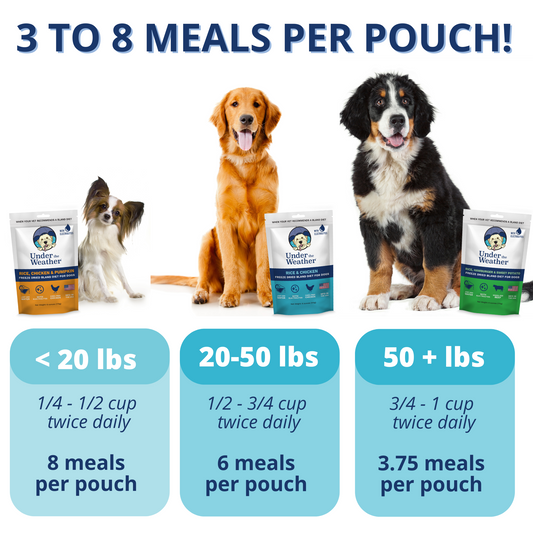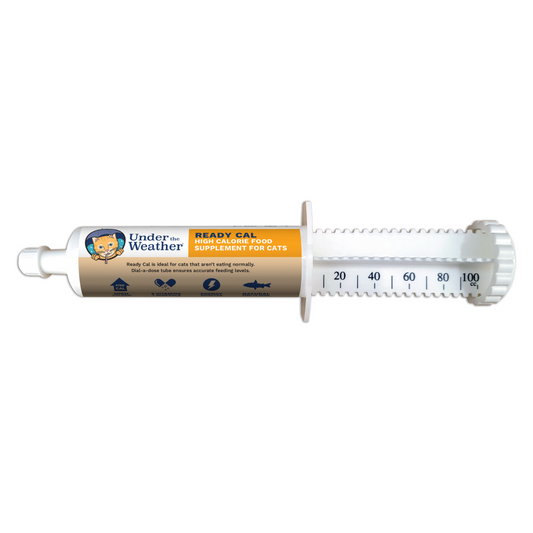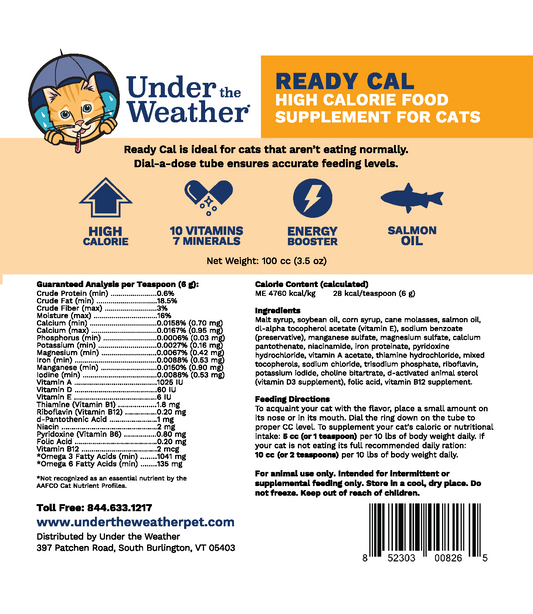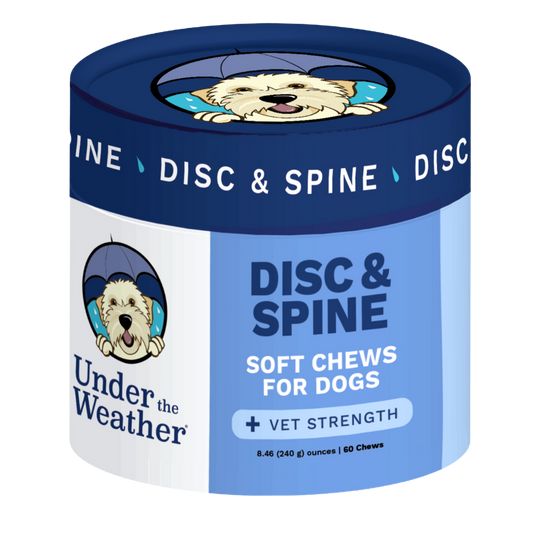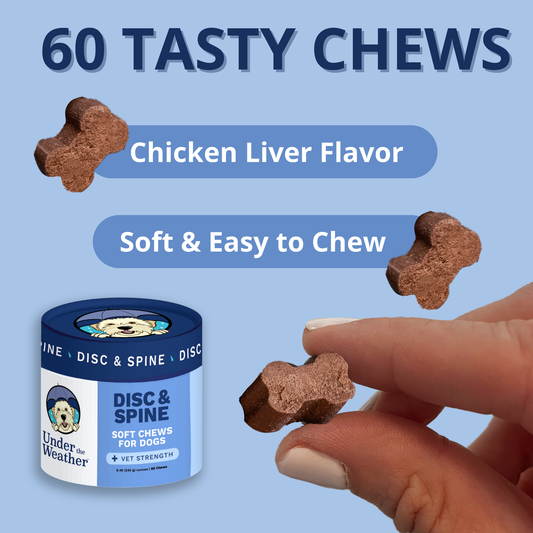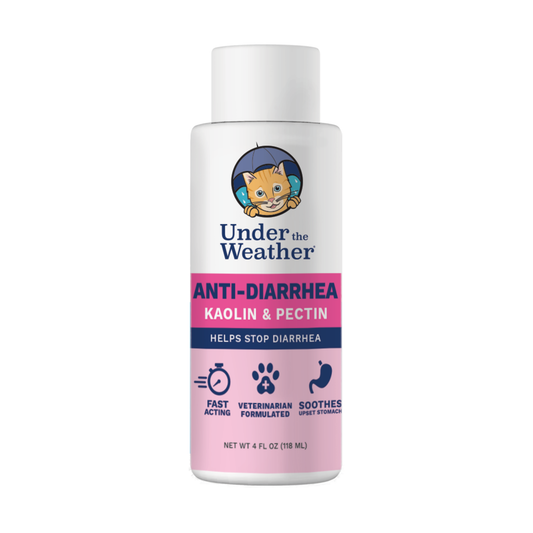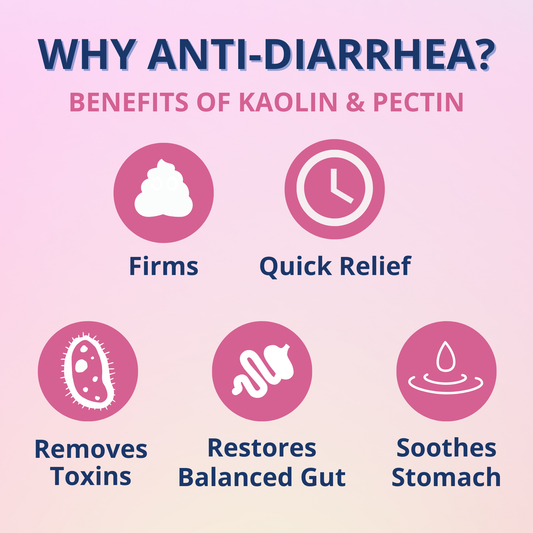Dogs are known for their hearty appetites, so when they suddenly refuse to eat, it can be concerning for pet owners. This article will explore the various reasons why your dog may be shivering and not eating, as well as why they may be drinking more water. We will discuss normal eating patterns in dogs, how to recognize changes in appetite and the significance of shivering as a symptom of illness. Additionally, we will provide steps to take when your dog won't eat and offer tips for preventing future eating issues. Read on to learn more about these important topics.
Understanding Your Dog's Eating Habits
Dogs have their unique eating habits, which can vary depending on their age, breed, and overall health. It is important for pet owners to understand what is considered normal for their furry friend. Some dogs are known to be picky eaters, while others have voracious appetites. However, it is essential to pay attention to any sudden changes in eating behavior, as this could be a sign of an underlying issue.
Normal Eating Patterns in Dogs
Normal eating patterns can vary among dogs, but generally, they should have regular meals throughout the day. Puppies typically eat more frequently, while adult dogs often have two meals a day. However, some dogs may prefer to graze throughout the day rather than eat all at once. This is normal as long as they are still consuming an adequate amount of food.
Dogs may also show enthusiasm and excitement when their food is presented to them. They may wag their tail, jump up and down, or even bark in anticipation. This is a normal behavior and indicates a healthy appetite. However, if your dog suddenly loses interest in their food, it may be a cause for concern.
Recognizing Changes in Appetite
Changes in appetite can be a red flag that something is not right with your dog's health. Whether your dog is eating less than usual or completely refusing to eat, it is crucial to pay attention to these changes. A decrease in appetite may be indicative of:
- Stress or anxiety
- Dental problems
- Pain or discomfort
- Illness or infection
If your dog consistently refuses to eat for more than 24 hours, it is recommended to seek veterinary help. A professional can determine the underlying cause and provide appropriate treatment.
Additionally, it's important to note that certain breeds may have specific dietary needs. For example, large-breed dogs may require a diet that supports their bone and joint health, while small-breed dogs may benefit from a diet that helps maintain their dental health. It is always a good idea to consult with your veterinarian to ensure that you are providing the right nutrition for your dog's specific needs.
Furthermore, it is worth mentioning that the environment in which your dog eats can also impact their eating habits. Some dogs may prefer a quiet and calm space to eat, while others may feel more comfortable eating in the presence of their human family members. Understanding your dog's preferences can help create a positive eating experience for them.
The Significance of Shivering in Dogs
Shivering in dogs can be a natural response to cold temperatures or fear. However, persistent or excessive shivering may indicate an underlying health issue. Paying attention to your dog's shivering can provide valuable insights into their well-being.
When a dog shivers, it is their body's way of generating heat to maintain their core temperature. Just like humans, dogs have a thermoregulatory system that helps them stay warm in colder environments. Their muscles contract and relax rapidly, producing heat in the process. This involuntary muscle movement is what we commonly refer to as shivering.
Causes of Shivering in Dogs
Shivering can result from a variety of factors, including:
- Cold temperatures: Dogs have fur, but extreme cold can still make them shiver. It's their way of trying to warm up and protect themselves from the chilly weather.
- Anxiety or fear: Dogs can shiver when they are anxious or scared. This can be triggered by loud noises, unfamiliar environments, or separation anxiety.
- Pain or discomfort: If your dog is in pain or experiencing discomfort, they may shiver as a response. It could be due to an injury, arthritis, or an underlying medical condition.
- Low blood sugar: Just like humans, dogs need a steady supply of glucose to function properly. If their blood sugar levels drop too low, it can cause shivering and other symptoms.
- Thyroid problems: The thyroid gland plays a crucial role in regulating a dog's metabolism. If there is an issue with the thyroid, it can lead to hormonal imbalances and shivering.
- Neurological conditions: Certain neurological conditions can affect a dog's muscle control, leading to shivering. Diseases like epilepsy or degenerative myelopathy can manifest with shivering as a symptom.
If your dog is shivering, it is important to assess their overall behavior and look for any additional symptoms. This can help you determine whether the shivering is a normal response or if there is an underlying issue that requires attention.
Shivering as a Symptom of Illness
While shivering can be a result of various factors, it can also be a symptom of illness in dogs. This is particularly true if your dog is shivering and not eating. Some potential health conditions that may cause these symptoms include:
- Infections: Bacterial or viral infections can cause a dog's body temperature to rise, leading to shivering as a way to cool down.
- Gastrointestinal issues: Digestive problems, such as gastritis or intestinal blockage, can cause discomfort and shivering in dogs.
- Organ dysfunction: If a dog's liver or kidneys are not functioning properly, it can affect their overall health and lead to shivering.
- Endocrine disorders: Hormonal imbalances, such as Cushing's disease or Addison's disease, can cause shivering along with other symptoms like increased thirst and weight loss.
If your dog is experiencing persistent shivering along with a lack of appetite, it is essential to consult with a veterinarian. They can perform a thorough examination and recommend appropriate diagnostic tests to identify the underlying cause. Remember, understanding the significance of your dog's shivering can help ensure their well-being and provide them with the care they need.
Why Your Dog Might Be Drinking More Water
Increased water consumption in dogs, also known as polydipsia, can be a cause for concern. Dogs typically drink an adequate amount of water to stay hydrated, but excessive drinking can indicate an underlying issue.
It's important to pay attention to your dog's water intake as sudden changes can signal a potential health problem. While occasional fluctuations in drinking habits may not be alarming, persistent polydipsia warrants a closer look to ensure your furry friend's well-being.
Increased Thirst in Dogs: What Does It Mean?
There are several reasons why your dog may be drinking more water than usual:
- Dehydration
- Hot weather or increased physical activity
- High-sodium diet
- Medication side effects
- Diabetes
- Kidney disease
If you notice that your dog is excessively drinking water and this behavior continues for more than a day or two, it is advisable to consult with a veterinarian. They can assess your dog's overall health and determine if any further investigations are necessary.
Moreover, environmental factors such as a change in weather or diet can also contribute to fluctuations in water consumption. Keeping a log of your dog's drinking habits along with any accompanying symptoms can provide valuable information for your veterinarian.

Health Conditions Related to Excessive Drinking in Dogs
Excessive drinking in dogs can be a symptom of various health conditions that require medical attention. Some of these conditions include:
- Diabetes mellitus
- Cushing's disease
- Hypercalcemia
- Kidney disease
A veterinarian can perform tests to identify the underlying cause of increased thirst and recommend appropriate treatment if needed.
Remember, early detection and intervention play a crucial role in managing health issues in dogs. By staying vigilant and seeking prompt veterinary care, you can help ensure a happy and healthy life for your canine companion.
Steps to Take When Your Dog Won't Eat
When your dog refuses to eat, it can be frustrating and worrisome. However, there are steps you can take to encourage them to eat and ensure their well-being.
Encouraging Your Dog to Eat
If your dog is not eating, try the following tips:
- Ensure a quiet and comfortable environment for mealtime
- Offer a variety of high-quality dog food options
- Warm up the food to enhance its smell and appeal
- Add a small amount of low-sodium broth or wet food to entice your dog
- Limit treats or table scraps that may reduce their appetite
Remember, it is important to consult with a veterinarian if your dog's appetite does not improve or if other concerning symptoms arise.
When to Seek Veterinary Help
If your dog refuses to eat for more than 24 hours, it is crucial to seek veterinary assistance. A professional can evaluate your dog's overall health, conduct diagnostic tests, and recommend appropriate treatment.
Preventing Future Eating Issues
Prevention is key when it comes to your dog's eating habits. By taking the necessary steps, you can help maintain a healthy diet for your furry friend.
Maintaining a Healthy Diet for Your Dog
Follow these guidelines to promote a healthy diet for your dog:
- Feed them a balanced diet with appropriate amounts for their age and size
- Provide regular exercise to maintain a healthy weight
- Avoid frequent changes in their diet, as this can cause digestive upset
- Monitor their eating habits to quickly identify any changes or issues
- Consult with a veterinarian for the best dietary recommendations for your dog
Regular Checkups and Their Importance
Regular veterinary checkups are essential for your dog's overall health. Routine examinations can help detect any potential issues early on, including changes in appetite or excessive drinking. By staying proactive and seeking professional advice, you can prevent future eating problems and ensure your dog leads a healthy and happy life.
Conclusion
In conclusion, when your dog refuses to eat and is drinking more water, it could indicate underlying health concerns. Changes in appetite and excessive thirst should not be ignored, as they may be symptoms of underlying medical conditions. It is important to pay attention to your dog's eating habits, recognize any changes, and seek veterinary help if needed. By understanding your dog's natural behaviors, taking appropriate steps to encourage eating, and maintaining a healthy diet, you can help prevent future eating issues. Remember, the well-being of our furry companions relies on our attention and care.



